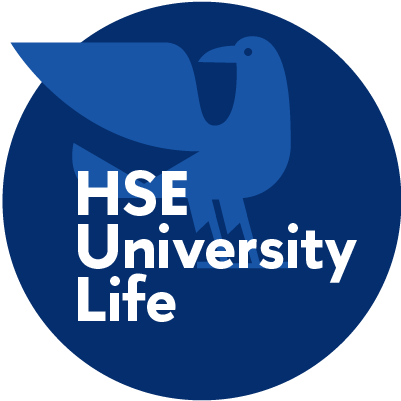- A
- A
- A
- ABC
- ABC
- ABC
- А
- А
- А
- А
- А
‘We’re Looking for a Different Organizational Model’
In an interview with HSE News Service, HSE Vice Rector Sergey Roshchin discussed why the University is restructuring three of its faculties.
Sergey Roshchin
HSE University Vice Rector
'Implementing various structural or institutional changes is a common way in which both Russian and international universities find organizational models that can meet the challenges that modern education faces.
Many people probably remember the reform of 2013-2014, which, at the time, we tentatively called the transition to megafaculties. Small faculties were merged into larger ones in order to consolidate resources and better use them for research and education. This was meant to foster synergy between research teams working on various subject areas.
At that time, we developed and launched our original bachelor's model, where we first put provisions in place for project-based work. Many of the questions surrounding this year’s reform were being asked back then.
Now we are seeking a different structural model for three faculties. Why? We are doing so because back in 2013-2014, when we were transitioning to megafaculties, we were still trying to move from small programmes to departments and schools that would bring colleagues together and allow them to engage in a professional dialogue more widely and use resources more strategically. As we can see, over these past six or seven years, parts of schools and departments have largely retained their programme structures, only in the form of larger programmes. Generally, these departments and schools are devoted to teaching, while faculty members engage in research, analysis, and other professional activities individually.
In this regard, the restructuring of the three faculties is aimed at forming teams that are united by common academic goals and projects.
This is important in terms of teaching. When we talk about incorporating a project-based learning component into our curriculum, we are talking about students getting involved in real-life, largescale projects. For this, students need counterparts with whom they can engage in dialogue; there need to be departments, laboratories, and institutes that can conduct these long-terms projects, which allow students to gain professional experience and different skills and become part of a professional team regardless of whether they are an undergraduate, master’s, or doctoral student.
We see that this did not work within the framework of departments and schools. This is why the University is restructuring the three faculties where, in our view, there is the greatest need to reorganize our activities so that we can meet the academic challenges of the University and develop project-based work.’

